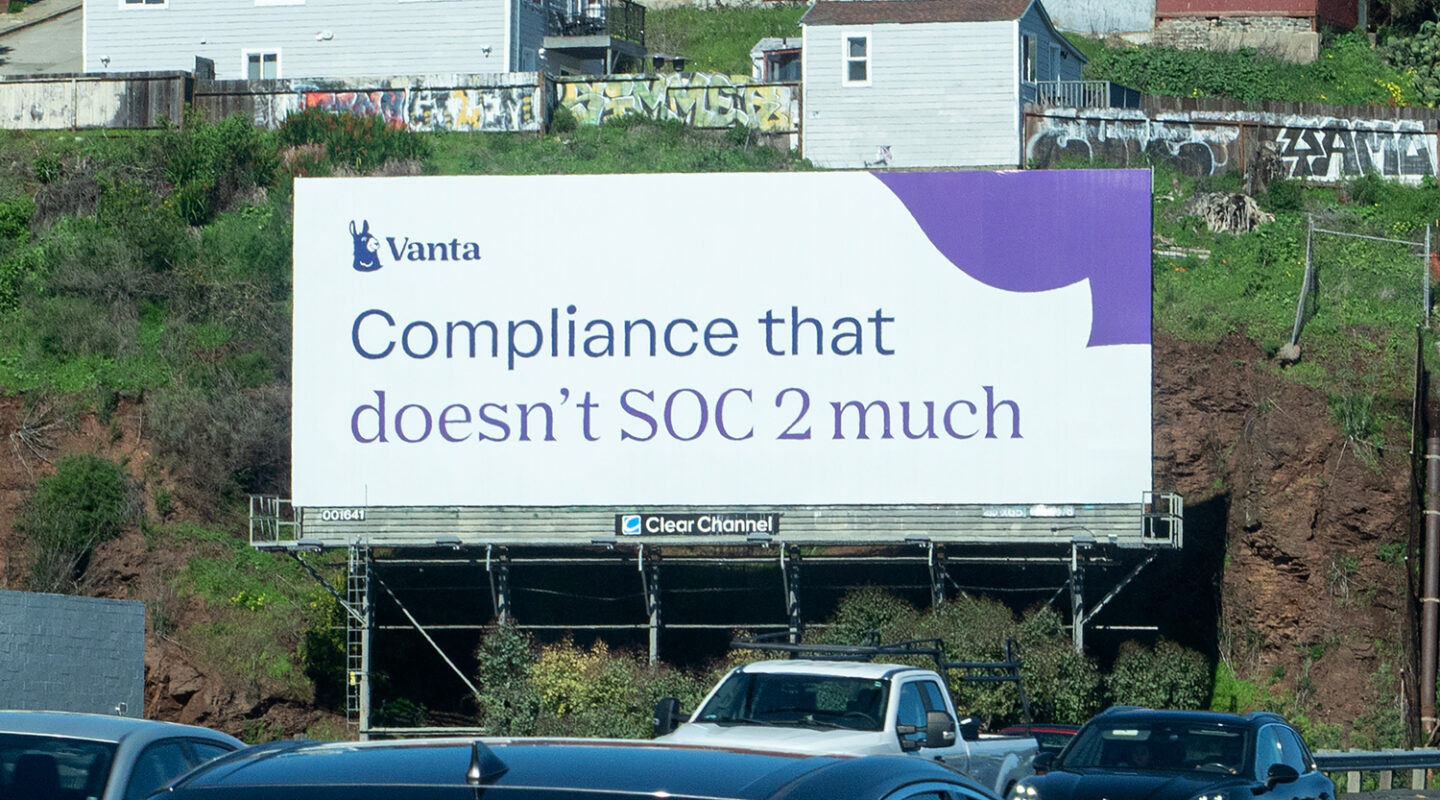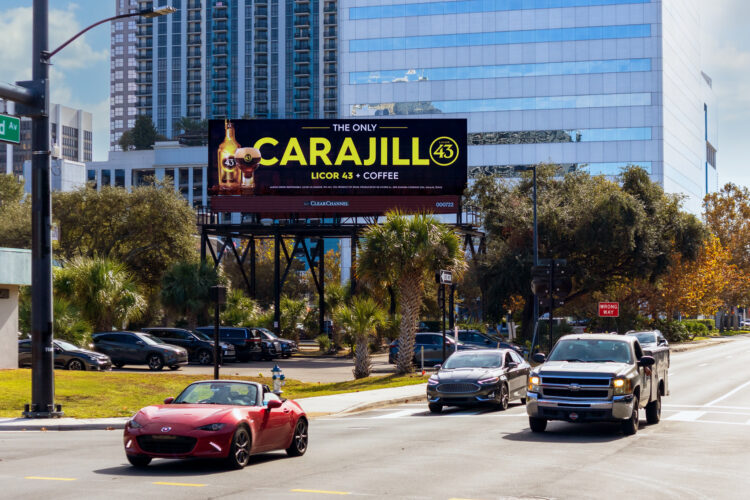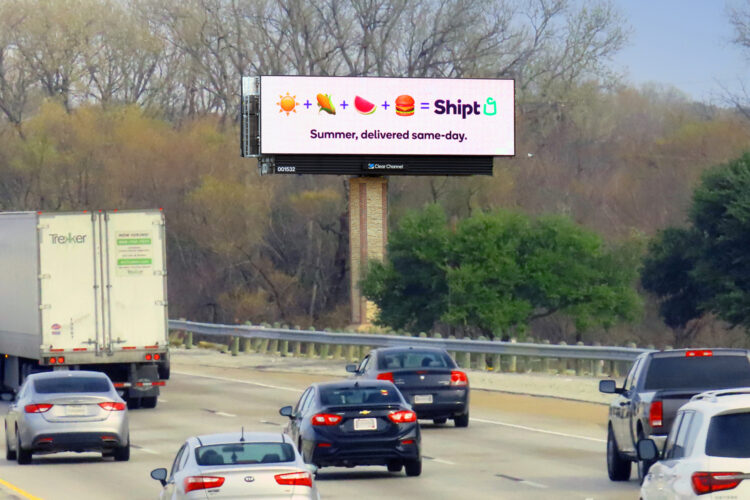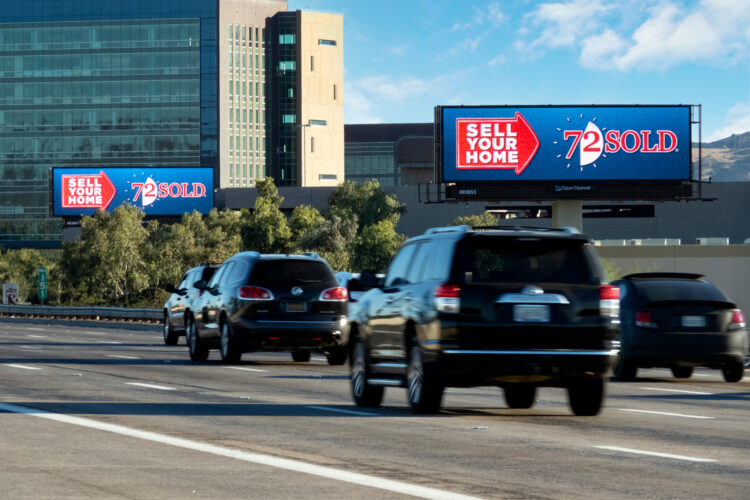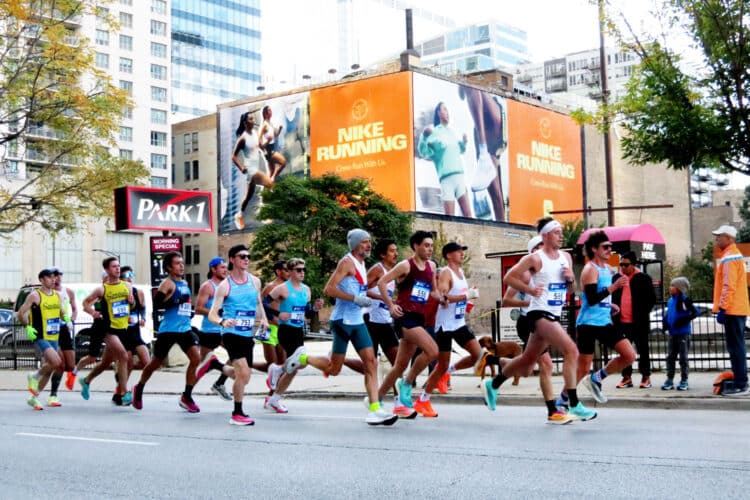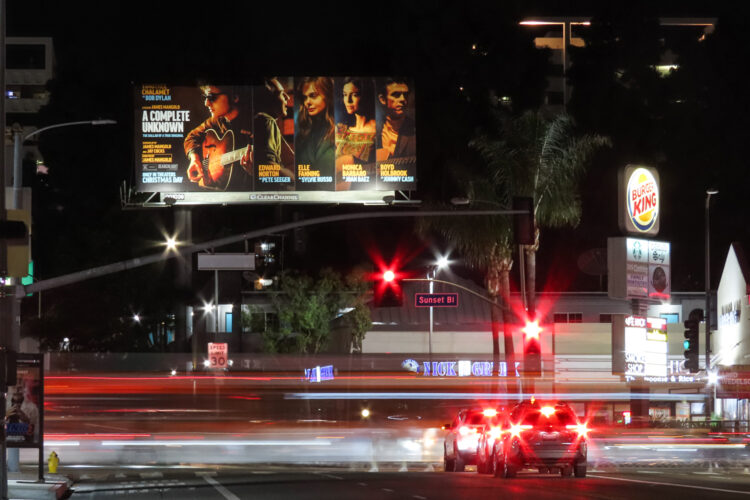Decoded: The Psychology Behind San Francisco’s Cryptic Tech Billboards
If you’ve driven through San Francisco recently, you’ve probably seen a billboard that made you think “What does that even mean?” From cryptic messages like “data says so” to provocative statements like “Stop hiring humans,” the Bay Area has become ground zero for cryptic billboard advertising that might seem designed to confuse rather than clarify. But here’s the thing: these aren’t marketing mistakes. They’re examples of the calculated application of outdoor advertising psychology, and they’re generating millions of social media impressions, in one of the world’s most sophisticated media markets.
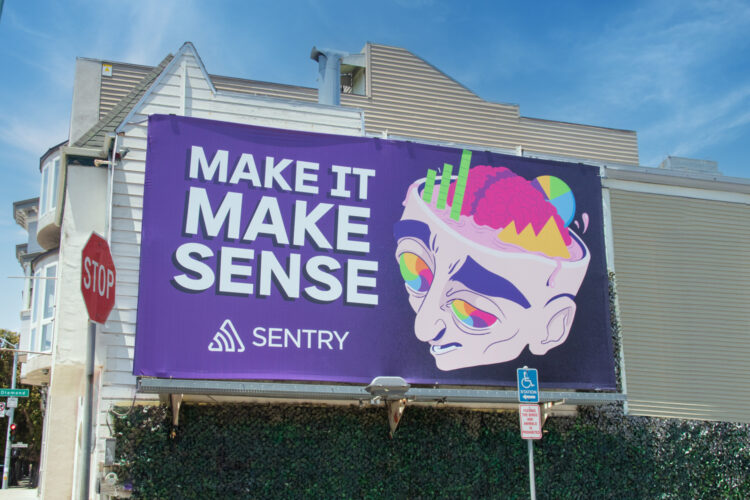
What makes San Francisco's tech billboards go viral
Tech companies are flooding San Francisco with intentionally puzzling outdoor advertising campaigns that could leave some viewers scratching their heads. Recent examples include Artisan's "Stop hiring humans" campaign that sparked heated online debates. These cryptic marketing strategies are generating more buzz than many traditional billboard ads.
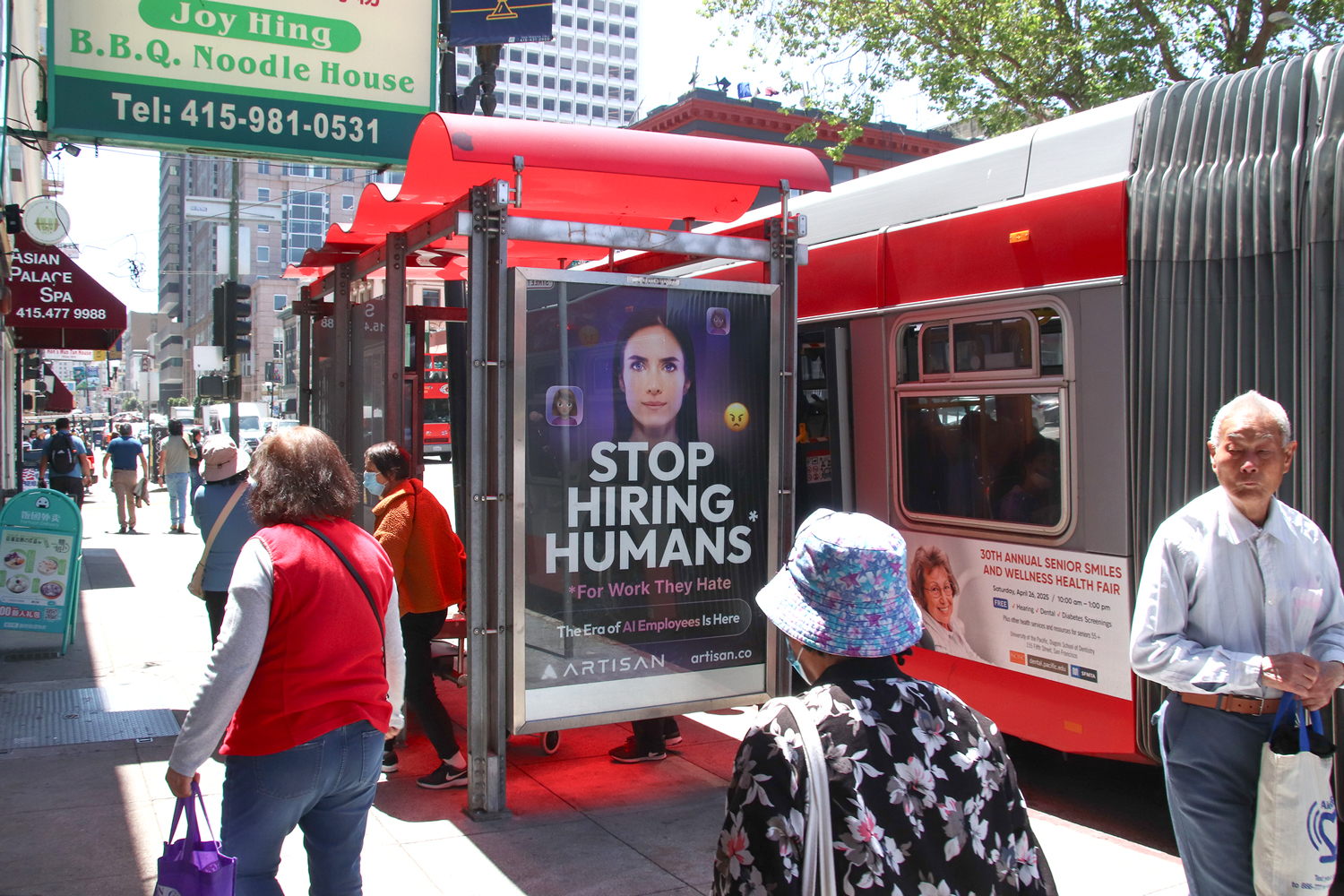
Why San Francisco? It's the perfect testing ground for innovative billboard advertising. As the tech capital of the U.S., the city offers a concentrated audience of tech-savvy early adopters, many of whom actually enjoy decoding insider messages. With marketers more focused than ever on maximizing the return on their media investments, every campaign needs maximum impact, and controversial or mysterious messaging can generate social media amplification that extends reach far beyond physical viewership. When a billboard campaign sparks social media debate or is featured in the press, like the recent New York Times Quiz on cryptic billboard ads, its effective impressions can multiply exponentially.
Key takeaway: These campaigns routinely generate thousands of social media mentions, news coverage, and organic conversations that traditional advertising can struggle to achieve. What may look like confusion is actually sophisticated audience engagement.
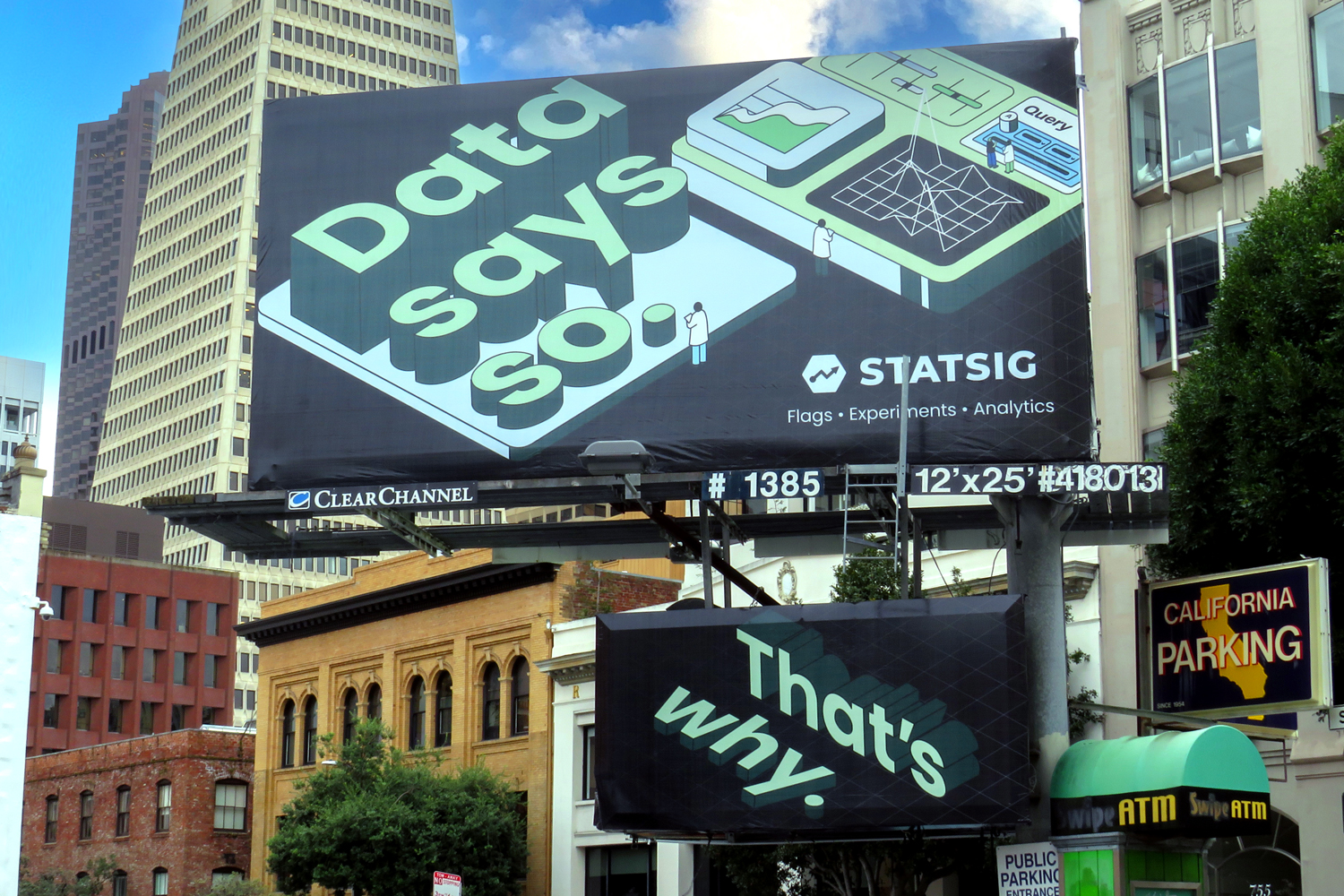
The science behind cryptic advertising success
Understanding several consumer psychology concepts can help make cryptic billboards surprisingly effective:
- The Zeigarnik Effect explains why we remember incomplete information better than finished thoughts. When a billboard presents an unsolved puzzle, it creates an "open loop" in our minds that demands resolution. Many people literally can't stop thinking about it until they figure it out or find the answer.
- Curiosity Gap Theory shows that the gap between what we know and what we want to know drives action. Cryptic outdoor advertising exploits this perfectly; it gives us just enough information to know there's something to decode, but not enough to satisfy our curiosity immediately.
- Social Currency is perhaps the most powerful factor for viral marketing campaigns. People share content that makes them look smart or "in-the-know." A cryptic billboard can become social media gold when someone can decode it and share the "inside knowledge" with their network. It can transform viewers into brand ambassadors.
- Processing Disfluency research reveals that information that's slightly harder to process can actually be more memorable and engaging. The cognitive effort required to decode a cryptic message makes it stick in memory longer than straightforward traditional advertising.
When cryptic works (and when it doesn't)
Cryptic campaigns succeed when several factors align. Target audience matters. Tech-savvy audiences who enjoy puzzles would likely respond very differently than other consumers. Brand strength is also crucial because established companies can more likely afford the risk of temporary confusion, while lesser known brands risk this approach getting in the way of the audience understanding the brand. And finally, the payoff strategy determines everything; how and when the mystery gets resolved can make or break the entire campaign.
But cryptic advertising can backfire. Messages that are too obscure can create frustration instead of intrigue. Some campaigns fail to connect the cryptic message to their actual brand or product when revealed, potentially wasting that earned attention. Others court controversy without considering legal or PR risks, like campaigns that reference sensitive topics.
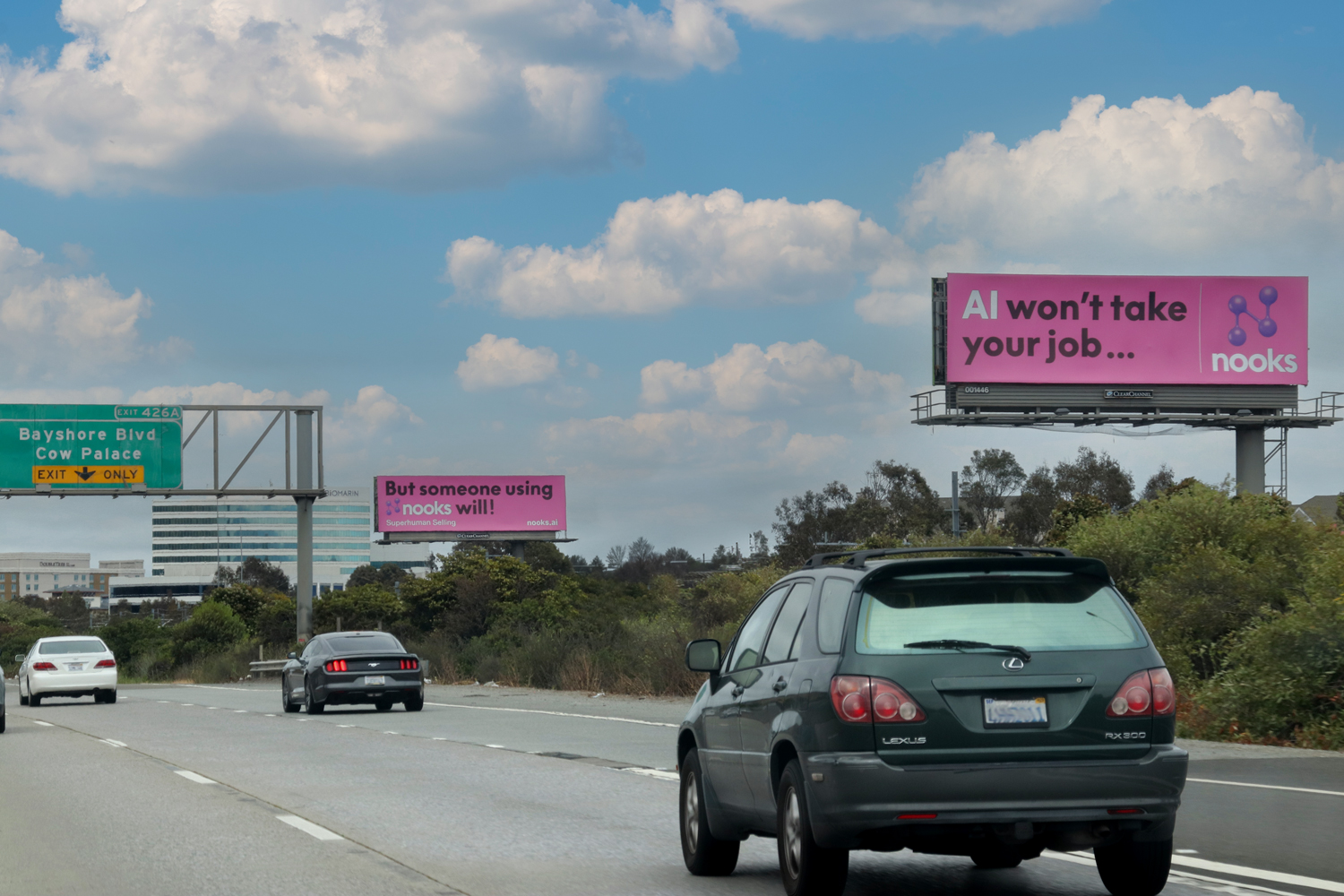
Best practices for cryptic billboard campaigns
Ready to put some mystery into your OOH messaging? Use this five-point billboard advertising strategy checklist:
- Target Audience Analysis: Is your target demographic puzzle-friendly? Tech audiences, creative professionals, and younger demographics typically engage more with mysterious messaging than other consumer segments.
- Brand Equity Assessment: Can your brand afford potential confusion? Established brands with strong recognition can oftentimes take bigger risks than companies still building awareness.
- Omnichannel Integration: How will cryptic out-of-home (OOH) work with your digital marketing strategy? The most successful campaigns coordinate the mystery across digital, social, and traditional media for maximum campaign ROI.
- Resolution Plan: Map out exactly how and when you'll reveal the meaning. Will it be through social media, a follow-up campaign, or organic discovery? The resolution is as important as the mystery itself.
- Risk Management Protocol: Consider legal, PR, and brand safety implications. What happens if your cryptic message gets misinterpreted? Have response strategies ready.
The key is finding the sweet spot between intriguing and alienating. Clear Channel Outdoor's data insights can help you deliver your more cryptic message to audiences that are ready for mystery, while our creative services can craft campaigns that balance puzzle with purpose.
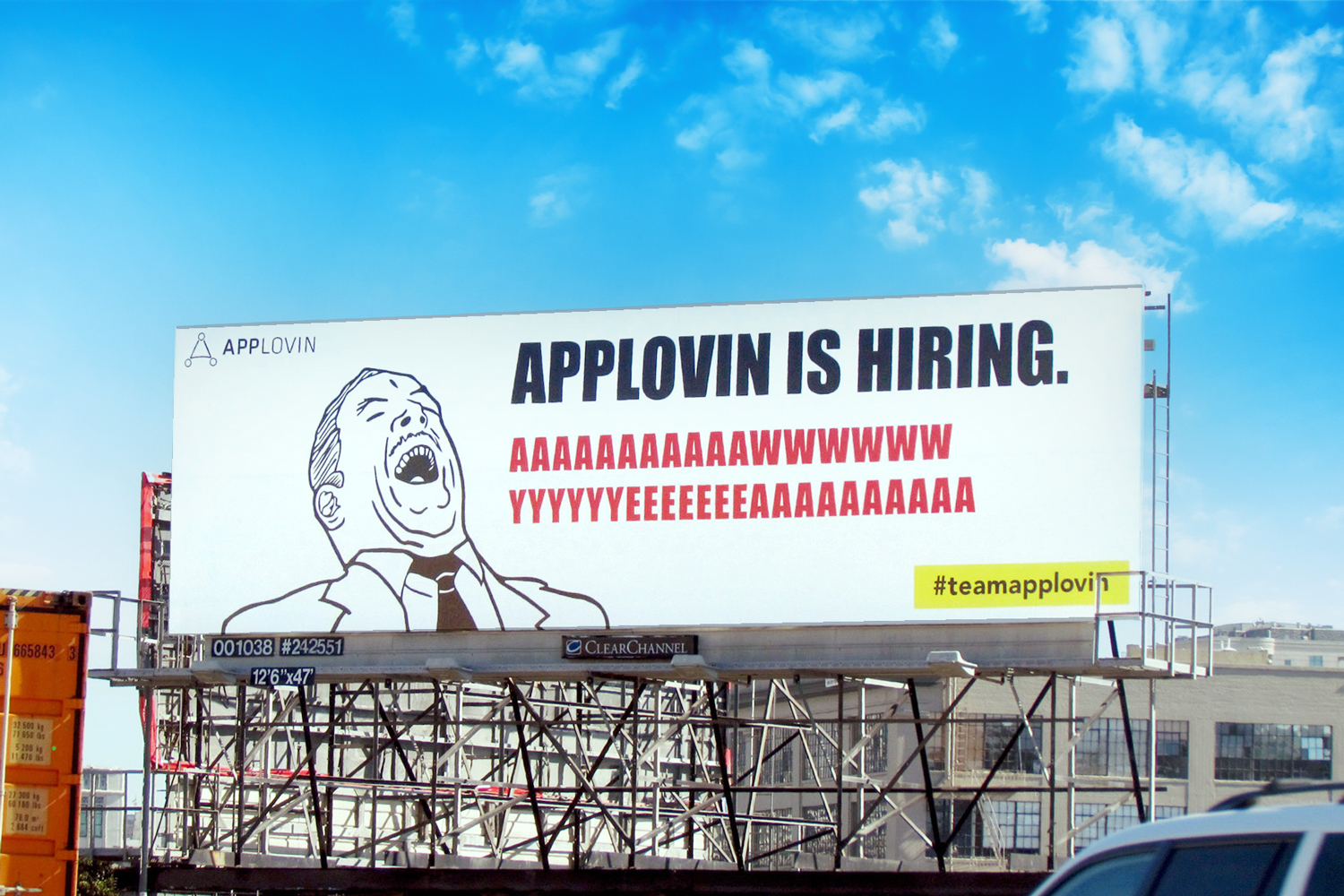
Why cryptic advertising works in 2025
San Francisco's cryptic billboard trend reveals a fundamental truth about modern advertising: in an oversaturated media landscape, confusion sometimes can cut through noise better than clarity. These innovative marketing campaigns tap into basic human psychology: our need to solve puzzles, share insider knowledge, and participate in cultural conversations.
But cryptic advertising isn't about being deliberately obtuse. It's about understanding your audience deeply enough to create the right kind of positive confusion. When done right, these campaigns don't just advertise products – they create communities of people working together to decode meaning.
Ready to create a campaign that gets people talking? The psychology is proven, but the execution requires expertise in billboard advertising. Let's decode your next OOH marketing strategy together and turn your message into the mystery everyone wants to solve.

Shubha Goenka
Vice President, Strategic & Product Marketing
In her current role, Shubha supports the leadership of brand and product marketing across Clear Channel’s U.S. footprint. Her career journey spans more than two decades, beginning as a junior graphic designer at Wunderman Dubai and evolving into roles that blended creativity with strategy. Along the way, she built expertise in B2B marketing, media strategy, and brand communications, with a focus on turning ideas into measurable outcomes. At Time Warner Cable Media (now Spectrum Reach) and later at Smithsonian Channel, she deepened her experience in media and advertising, earning recognition from Women in Cable Television as a ‘Rising Leader’. Shubha holds a bachelor’s degree in Graphic Design with a minor in Typography from the American University in Dubai.
More by ShubhaExplore More Posts
The Roadblock Strategy: Why the Best Advertising Can’t Be Skipped
In a world of skip buttons and endless scrolling, billboard advertising remains unavoidable. Digital Roadblocks take out-of-home’s innate advantages and amplify them, concentrating presence into synchronized moments that cover entire markets and drive exponential impact.
4 min
Out-of-Home Innovation Is Driving Results in Healthcare Advertising
OOH is rewriting the playbook for healthcare advertising, pairing billboards with data and mobile ads to drive patient visits, prescriptions, and real results.
6 min
In a Fractured Media World, OOH Is the Proven, Essential Medium in the Mix
Out-of-Home (OOH) advertising is increasingly vital in a fragmented media landscape where traditional channels face challenges like ad avoidance and brand safety. Recent studies demonstrate that OOH not only breaks through consumer attention barriers but also drives key brand metrics without many of the challenges common in digital ads.
6 min
Sunset Strip Billboards: How Brands Claim Their Place in L.A.’s Cultural Spotlight
Cruise down LA’s storied Sunset Blvd, where palm trees, traffic, and towering billboards showcase the city’s past, present, and ever-shifting culture.
